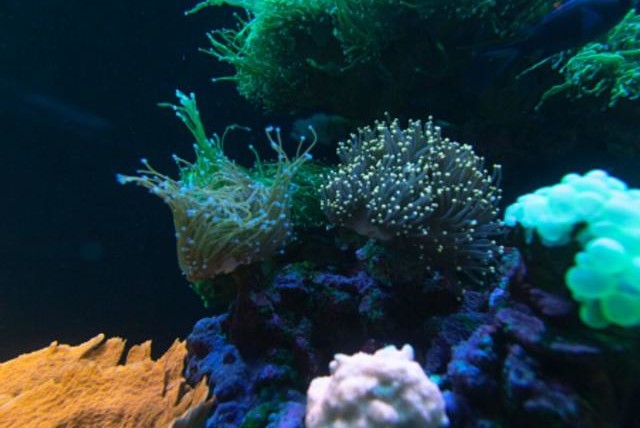In Italy’s Bay of Naples, the Baia underwater archaeological park preserves the submerged ruins of the ancient Roman spa town of Baia, or Baiae in Latin. Once a luxurious seaside resort for the Roman elite, the area sank partially underwater from the 4th century AD, due to volcanic activity and the bradyseismic phenomena of the Phlegrean Fields – during which the ground rises or, as in this case, sinks due to slow, vertical movements of the earth’s crust.
Today, Baia Park offers a unique experience, where visitors can observe the well-preserved remains of ancient dwellings, baths and streets through diving or glass-bottomed boat excursions. But above all, the site is of scientific and historical importance. Archaeologists continue to make incredible finds here, as evidenced by the recent announcement by the Campi Flegrei Archaeological Park, published on Facebook on July 23, 2024, about the discovery of sublime mosaics from an ancient villa.
Restoration of Ancient Luxury off the Coast of Naples
Baiae, once a famous Roman spa town, was renowned for its natural springs and picturesque landscapes. It attracted the Roman elite — including emperors, from Julius Caesar to Nero — who built luxurious villas and baths there. Synonymous with opulence, relaxation, and pleasure, the city became a popular resort for Rome’s powerful, a social and cultural center where political intrigue, lavish parties, and court life intertwined.
The newly discovered mosaics illustrate this opulence and sophistication. While they are now underwater, they once adorned a residence overlooking the sea. More specifically, they covered the floor of a reception room over 250 square meters in size, near the main entrance and its prothyron, a decorated porch. This large room, called a « basilica » by specialists, is typical of grand homes from the late 3rd century AD, where large halls replaced smaller existing rooms in houses.
Thousands of tiles with hundreds of different shapes were assembled to create a complex geometry — undoubtedly a costly operation for the villa’s original owner. The marbles used are very irregular, as preliminary results have revealed they were reused; they had previously been used to decorate other floors and walls. The technique, known as opus sectile, was common in late antiquity (3rd-5th century AD).
This partly explains why some mosaic fragments are broken. Additionally, the ancient walls of the room, which stood over 10 meters high, also collapsed directly onto the floor. Underwater work is ongoing to restore the piece and reveal other parts of it. As mentioned in the publication, this is a « new, highly complex challenge due to the extremely fragmented nature of the remains and their vast extent. »
Slabs have been removed and brought to the surface, where they are submerged in freshwater tanks to remove the salt. The goal is to attempt to reassemble a complete module of the ancient floor. « The work is still long and complex, but we are confident it will offer many perspectives and great satisfaction, » the researchers emphasize.
Submerged Wonders: Effects of Bradyseism
The local mayor of Bacoli, Josi Gerardo Della Ragione, described this discovery as « stunning. » The marble floor was likely laid towards the end of the Roman Empire, « just before bradyseism sent these marvels to the sea floor, » he stated. Under the Bay of Naples and the islands of Capri and Ischia lies the vast volcanic area known as the Phlegraean Fields (« burning fields » in Greek), which covers 200 kilometers. In addition to geothermal activity, exploited by the Romans in their time, the geological phenomenon of bradyseism is particularly notable here.
Due to the slow movements of magma beneath the surface, the region regularly experiences ground level variations (uplifts and subsidence) that can drastically alter the landscape. For example, between 1968 and 1984, the town of Pozzuoli experienced an uplift of several meters, resulting in significant damage. Similarly, several waves of these bradyseismic phenomena gradually submerged part of the city of Baiae and its ancient treasures underwater, now protected.
Source: Géo



